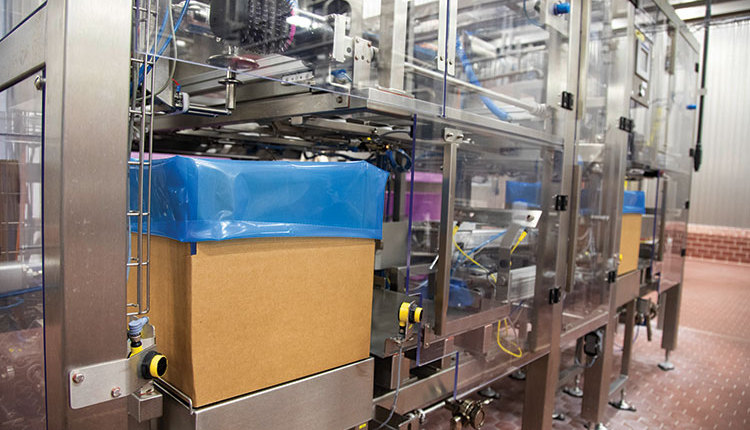
Right now, it looks as though the milk price forecasts will more than keep up with the rising costs of production for most producers. But if we’re complacent, that rogue wave could capsize the boat.
As I’m writing this, the All-Milk price forecast is expected to be more than $6.50 better in 2022 than it was in 2021. The cost of feed, as forecast by the Dairy Margin Coverage (DMC-Dairy) ratio, is expected to improve by nearly $2 per hundredweight (cwt.) but the margin would be improved to the point that no DMC indemnity would be made this year.
However, your cost of the feed depends on where you live and whether you are purchasing forage or have homegrown supplies — and whether you are currently riding on feed that was booked months ago or purchased more recently. As the fine print in the advertisements often says, “your milage may differ.”
Why isn’t more milk coming online?
Milk production isn’t taking off like we’ve seen in previous price cycle highs. Part of the reason may be because your handler has a binding limit on the amount of milk you can sell them. Another may be because the heifer supply is tight. Some might be because the costs of building new facilities and obtaining construction materials are really difficult to get just now.
There is the old sailor’s adage that if it’s “red at night — sailor’s delight, red in the morning —sailor’s take warning.” I think the morning sky is a little pink right now.
The latest reports on retail sales at the dairy case are not a dire warning, but last month consumers spent a bit over 3% more on dairy products than they did at the same time last year. That’s the good news.
However, those same U.S. consumers bought 3% less product volume. That’s not good news.
The difference between expenditures and quantity was the price inflation at the dairy case and consumers seem to be rebalancing their purchases.
I’m going to assume that we realize a good milk price year. As we get toward the end of the year, and, if you are fortunate enough to see some extra cash in the bank account, consider hardening the farm against unforeseen economics. One piece of advice is that you firm up the top of your balance sheet where current assets and liabilities are recorded.
On the asset side, don’t feel bad about carrying a bit more cash, and consider prepurchasing some of your inputs for next year. Think, feed, fertilizer, seed, and so forth.
On the liabilities side, pay down open accounts from your suppliers and maybe buy down some balances on your intermediate and long-term loans. All of these actions will give you more working capital and make you more credit worthy should you need to draw on those reserves in the months ahead.
Most farms’ balance sheets are in very good shape right now. Part of this is due to asset appreciation — like land values. Although that feels comfortable, what the market giveth, the market can take away, too. In uncertain times, don’t be as proud of your long-term asset values as you are your short-term working capital.
Hardening the business in good years is what it takes to withstand the rough ones.








